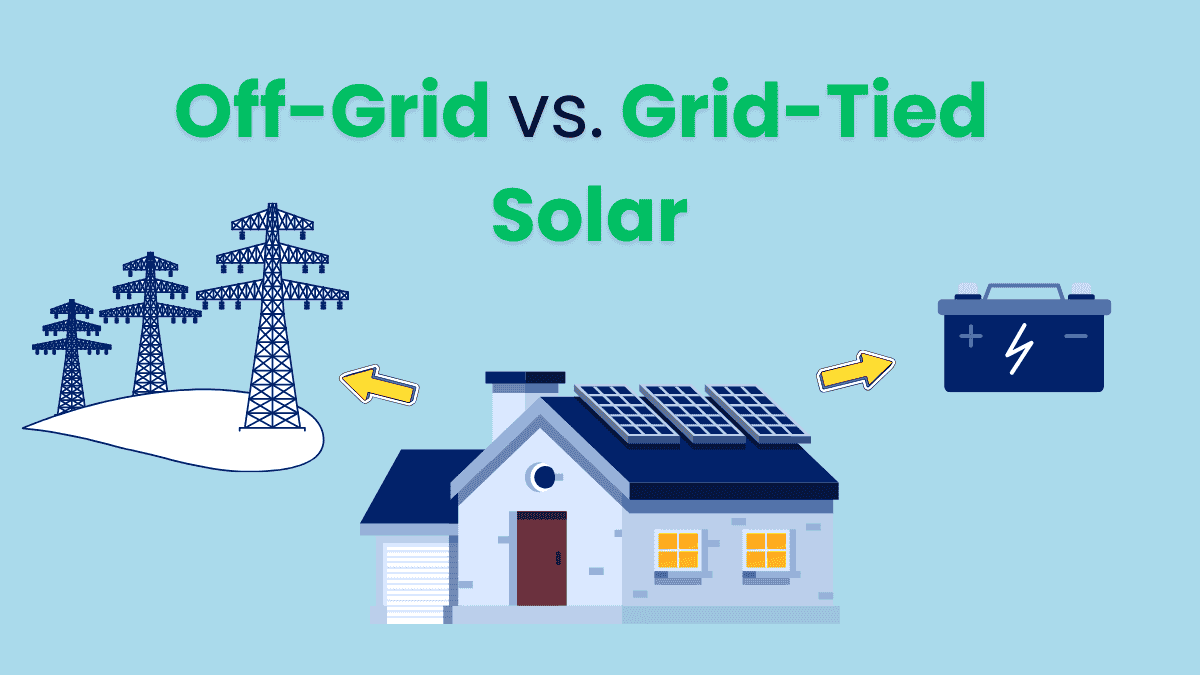
- business@first-powersolar.com
- The World Centre, Sen. Gil J. Puyat Ave, Makati, Metro Manila

The sun’s energy offers a compelling alternative to traditional power sources, but navigating the world of solar systems can be daunting. Two primary configurations dominate the landscape: off-grid and grid-tied. Understanding the nuances of each system is crucial to making an informed decision that aligns with your energy needs and lifestyle. This article delves into the core differences between off-grid vs. grid-tied solar systems, helping you determine which one is the perfect fit for you.
Grid-tied solar systems, also known as grid-connected or utility-interactive systems, are the most common type of residential solar setup. They operate in conjunction with the existing electrical grid, offering a seamless integration of solar power with traditional utility electricity.
Ideal for:
Off-grid solar systems, also known as stand-alone systems, provide complete energy independence by disconnecting entirely from the utility grid. These systems rely on battery storage to ensure a continuous power supply, even during periods of limited sunlight.
Ideal for:
| Feature | Grid-Tied Solar | Off-Grid Solar |
|---|---|---|
| Connection to Grid | Connected | Disconnected |
| Battery Storage | Optional (for backup) | Essential |
| Cost | Lower initial cost | Higher initial cost |
| Reliability | High (grid backup) | Dependent on battery capacity and sunlight |
| Maintenance | Lower | Higher (battery maintenance) |
| Net Metering | Available | Not applicable |
| Ideal Location | Urban/Suburban | Remote/Rural |
When deciding between off-grid vs. grid-tied solar, several factors should be considered:
Both off-grid vs. grid-tied solar systems offer unique advantages, empowering you to harness the sun’s energy in a way that aligns with your specific needs. Grid-tied systems offer a cost-effective and reliable solution for homeowners with grid access, while off-grid systems provide complete energy independence for those seeking self-sufficiency in remote locations. By carefully evaluating your needs and considering the factors outlined in this article, you can make an informed decision and embark on your journey towards a sustainable and energy-efficient future.
Empowering a sustainable future with cutting-edge solar solutions, First Power Solar Inc. is committed to delivering reliable and efficient renewable energy for businesses
Get updates on special events, news & trends